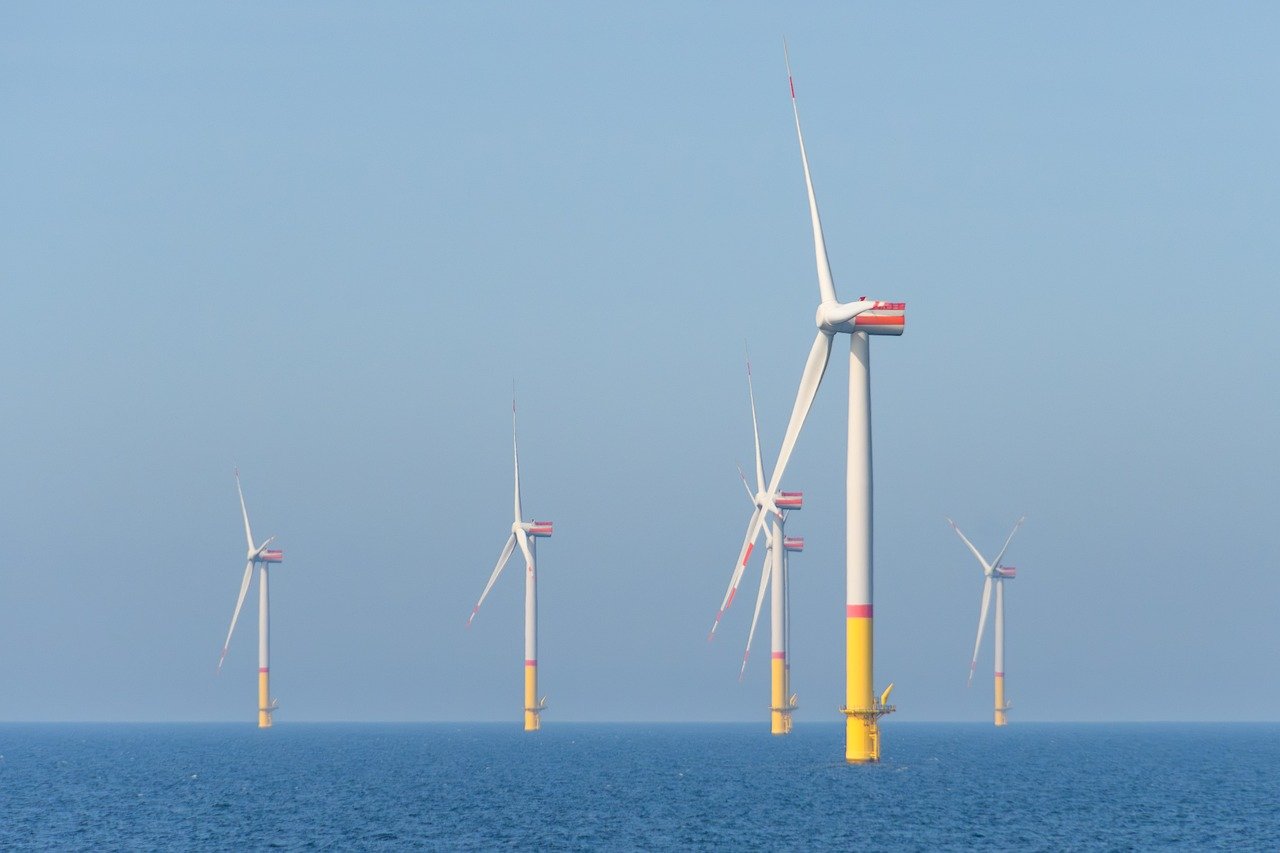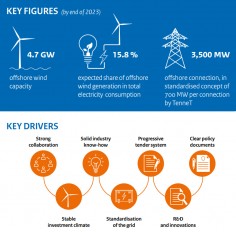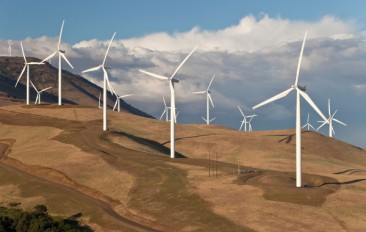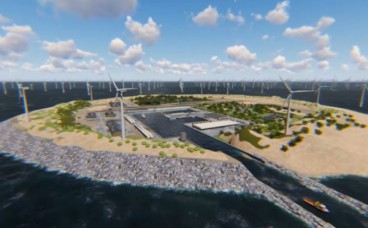Just 1% of coastal waters could satisfy a third of global electricity demand

A recent global assessment estimates that occupying merely 1 % of the world’s suitable coastal waters—defined as waters less than 200 m deep, within 200 km of population centers, and relatively ice-free—could potentially deliver around 6,000 terawatt-hours (TWh) annually of offshore wind power and 14,000 TWh of offshore solar, together equating to roughly one-third of global electricity demand by 2050.
The study identifies eligible marine zones by overlaying wind and solar resource maps with seafloor depth, ice-cover limits, and proximity to load centers. Although coastal zones appear spatially limited, the combination of offshore wind and floating solar in those areas yields high theoretical output.
For offshore wind alone, the 6,000 TWh per year target exceeds present-day global offshore wind generation (under 200 TWh). Achieving that scale would require installation rates about seven times higher annually for two decades than current levels. Similarly, delivering 14,000 TWh from offshore solar would require sustained annual growth rates exceeding 40 %—a pace not yet achieved for any major energy technology.
From an engineering and infrastructure viewpoint, the findings have several implications. First, development of shallow and near-shore marine renewable infrastructure is technically feasible but will require expansion into deeper waters and floating platforms—especially for offshore solar and deep-water wind. Second, the logistics of transmission, grid integration, marine-foundation systems, installation vessels, maintenance access, and environmental permitting will scale dramatically if this potential is to be realised. Third, siting near population centers suggests significant opportunities for reducing transmission losses and improving resilience, but also raises competing uses such as shipping, fisheries, conservation zones and military operations.
The mapping study underscores the role of marine renewable energy in closing land-use constraints, as onshore wind and solar sites become increasingly saturated. The authors note that many land-based resources face siting, environmental and connection hurdles, which increases the attractiveness of offshore locations despite their higher cost and technical complexity.
However, the report is clear about major challenges. Commercial viability of floating wind and offshore solar remains nascent; floating wind currently accounts for only about 0.3 % of global offshore wind capacity. For offshore solar, technology readiness levels are still low and first-generation commercial deployment is still largely in the experimental phase.
In conclusion, while the theoretical potential of coastal marine renewables is staggering, 1 % of suitable coastal waters potentially providing one-third of global electricity by 2050, the engineering, economic, regulatory and deployment challenges remain formidable. The study argues that rapid scale-up is required to align with global decarbonization pathways and that marine renewables should be considered a strategic complement to land-based renewables in energy-system planning.
Source: Yahoo News
Want to read more like this story?

Offshore wind power can potentially meet the world's electricity demand
Oct, 30, 2019 | NewsAccording to a report issued by the International Energy Agency(IEA), as technology evolves, th...

The first offshore wind farm in the US will become operational by the end of 2016
Aug, 16, 2016 | NewsThe project is called Block Island Wind Farm and will supply electric power to 17,000 households...

Wind Energy: Storage Balls On The Seabed
Oct, 22, 2015 | NewsThe method that is currently being used to store wind energy is pumped storage: the surplus of wind...

The Netherlands exceed 2023 offshore wind target as Hollandse Kust Noord offshore wind park nears completion
Oct, 19, 2023 | NewsIt was recently announced that the Netherlands are going to exceed their offshore wind target set f...

Offshore Wind in Turmoil: The Halt of Revolution Wind
Sep, 04, 2025 | NewsIn late August 2025, the U.S. Department of the Interior ordered a stop to construction on the Revo...
Scotland’s largest offshore wind farm: first power generation was announced
Aug, 26, 2022 | NewsSSE Renewables, and its partner Total Energies have announced first power generation from the Seagr...

World's wind power capacity increased by a record 19% in 2019
Apr, 08, 2020 | NewsWind power industry has experienced impressive growth during the past year resulting in a total 19%...
An innovative new single-blade wind turbine to change the landscape of offshore wind energy
Sep, 20, 2023 | NewsThe global renewable energy production is currently at a mere 11%, which is far below the required...

Αn artificial island which will generate wind energy for 80 million Europeans is planned to be built in the North Sea
Jul, 14, 2017 | NewsDanish, Dutch and German firms are behind the innovative project Danish, Dutch and German firms are...
Trending

Vertical gardens in Mexico City to combat pollution

Characteristics of Load Bearing Masonry Construction

Taipei 101’s impressive tuned mass damper

Dutch greenhouses have revolutionized modern farming

Saudi Park Closed After 360 Big Pendulum Ride Crashes to Ground, 23 injured

King Salman Gate unveiled adjacent to Mecca’s Grand Mosque

HS2 halts London tunnel construction after serious site safety incident

